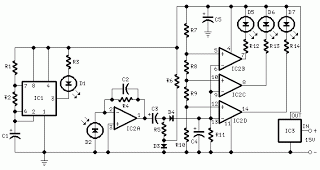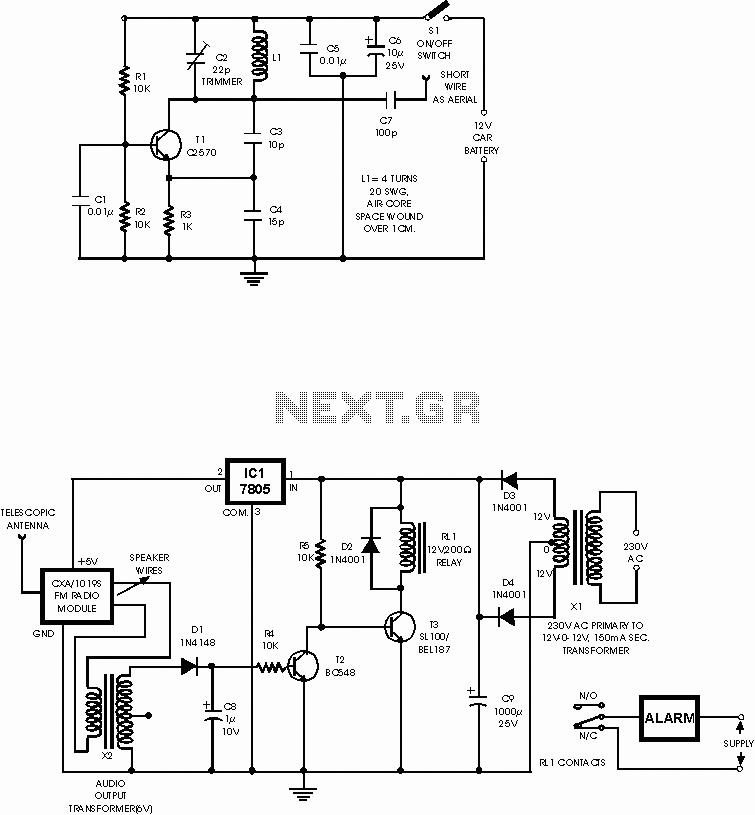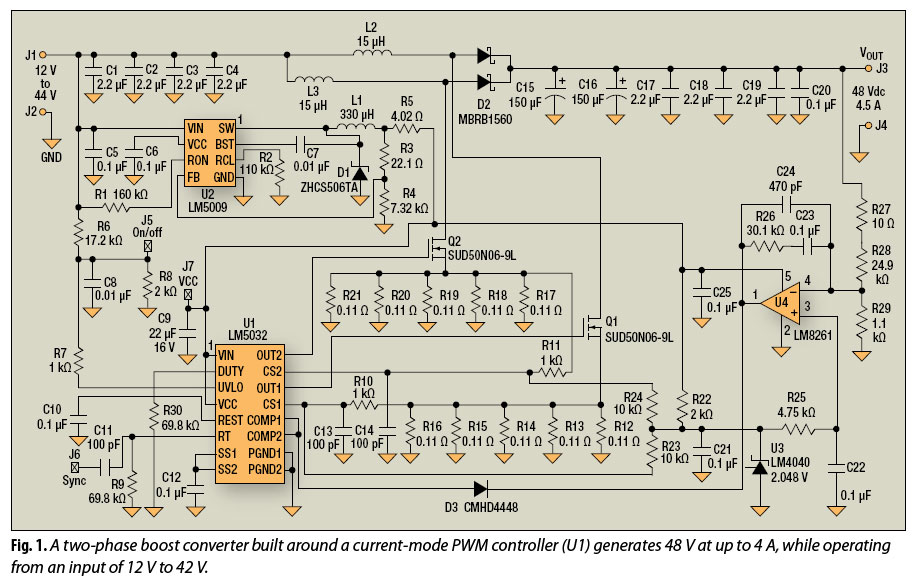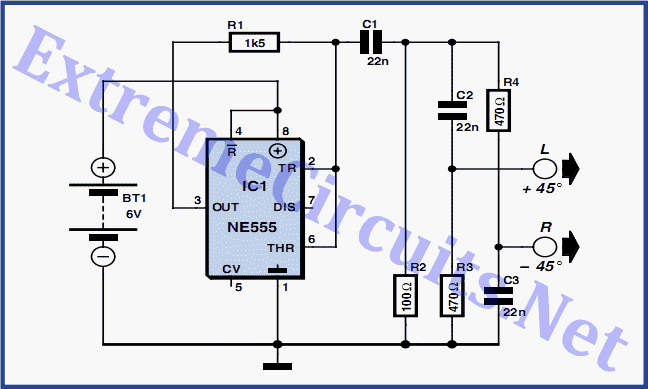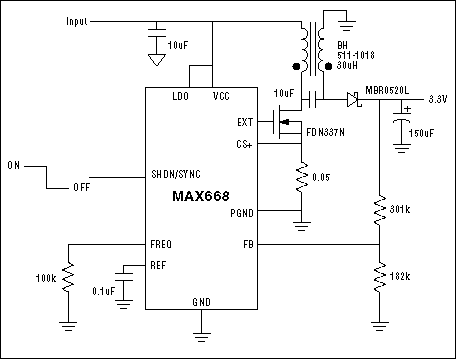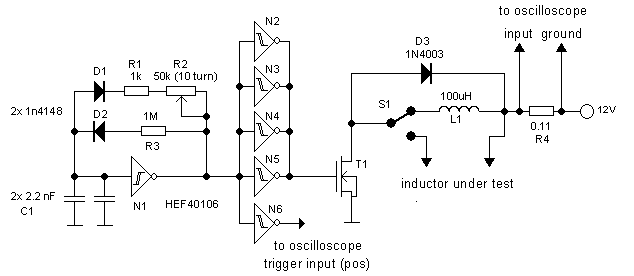
12V to 50V dc converter for car by TL072 + 2N3055
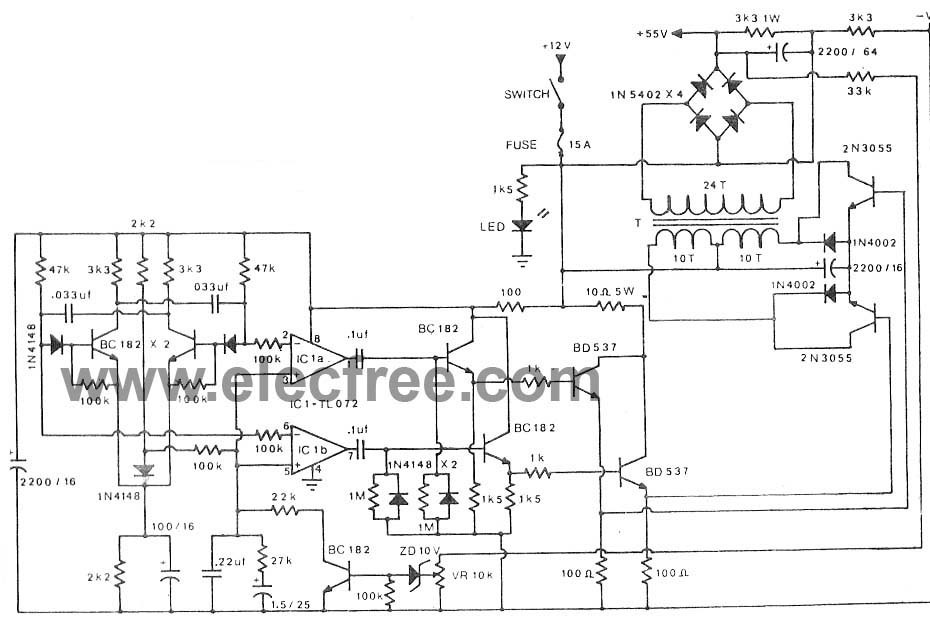
A main component along with a 2N3055 transistor and an IC TL072 is utilized in the pulse oscillator generator. The output voltage reaches +50V and -50V, providing a current of 2A to 3A.
The circuit employs a 2N3055 transistor, which is a widely used power transistor known for its high current and voltage handling capabilities. It is typically used in applications requiring significant power amplification. The TL072 operational amplifier is integrated into the design to facilitate the generation of pulse signals, providing low noise and high-speed performance.
The oscillator circuit operates by switching the 2N3055 transistor on and off, which generates the desired pulse output. The TL072 is configured in a feedback loop to stabilize the oscillation frequency and maintain consistent pulse characteristics. The output stage is designed to achieve dual polarity voltages of +50V and -50V, which can be used in various applications, including power supplies and signal modulation.
The current output of 2A to 3A indicates that the circuit can handle moderate power levels, making it suitable for driving loads that require significant current. Proper heat dissipation mechanisms, such as heat sinks, should be implemented to ensure the 2N3055 operates within safe temperature limits during extended use.
Overall, this pulse oscillator generator circuit is a robust solution for applications that necessitate high-voltage and high-current pulse signals, leveraging the strengths of both the 2N3055 transistor and the TL072 operational amplifier.I used a main part and 2N3055 Transister and IC TL072 for pulse oscillator generator. The output have voltage +50V and -50V at 2A to 3A. You must is used this.. 🔗 External reference
The circuit employs a 2N3055 transistor, which is a widely used power transistor known for its high current and voltage handling capabilities. It is typically used in applications requiring significant power amplification. The TL072 operational amplifier is integrated into the design to facilitate the generation of pulse signals, providing low noise and high-speed performance.
The oscillator circuit operates by switching the 2N3055 transistor on and off, which generates the desired pulse output. The TL072 is configured in a feedback loop to stabilize the oscillation frequency and maintain consistent pulse characteristics. The output stage is designed to achieve dual polarity voltages of +50V and -50V, which can be used in various applications, including power supplies and signal modulation.
The current output of 2A to 3A indicates that the circuit can handle moderate power levels, making it suitable for driving loads that require significant current. Proper heat dissipation mechanisms, such as heat sinks, should be implemented to ensure the 2N3055 operates within safe temperature limits during extended use.
Overall, this pulse oscillator generator circuit is a robust solution for applications that necessitate high-voltage and high-current pulse signals, leveraging the strengths of both the 2N3055 transistor and the TL072 operational amplifier.I used a main part and 2N3055 Transister and IC TL072 for pulse oscillator generator. The output have voltage +50V and -50V at 2A to 3A. You must is used this.. 🔗 External reference
